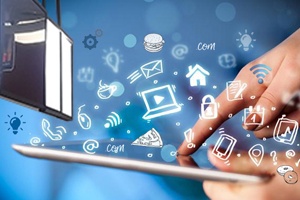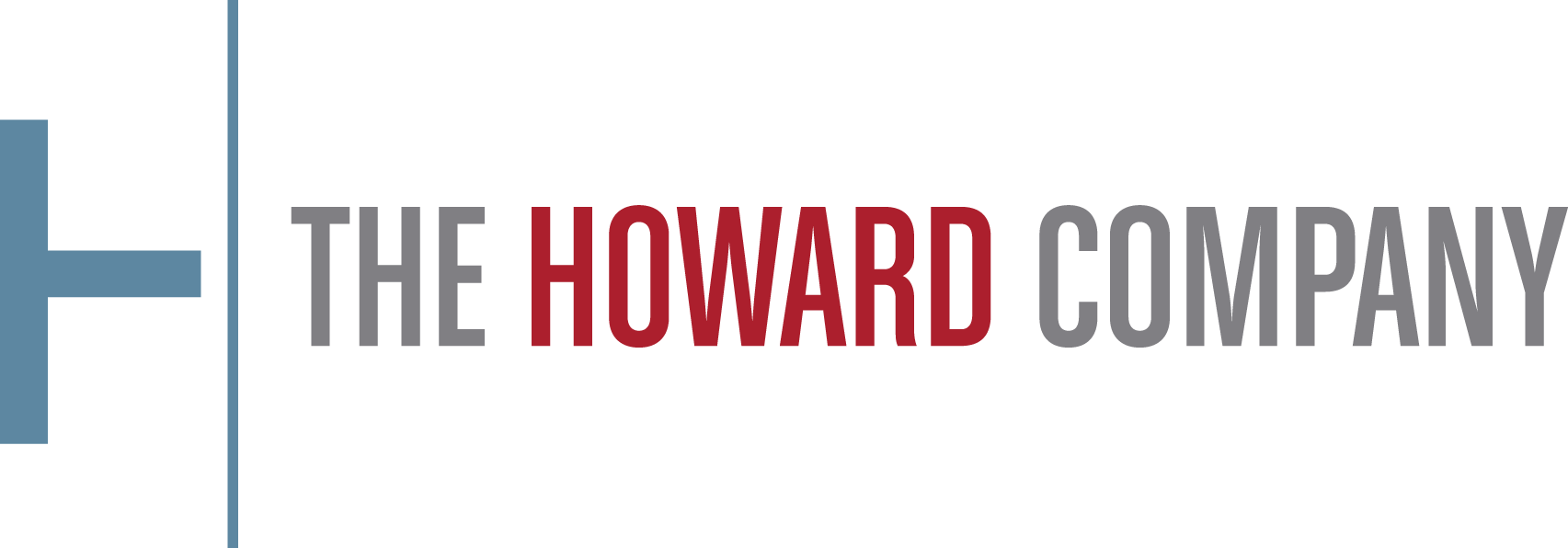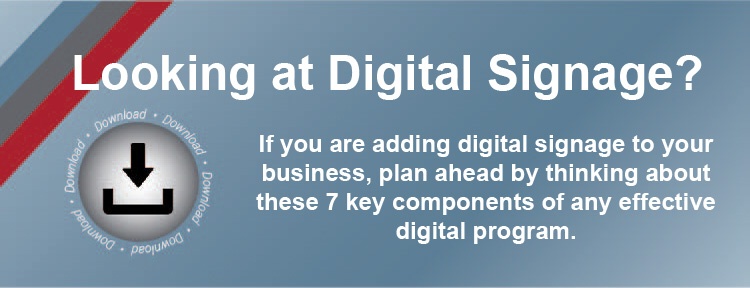 When The Howard Company works with new customers on digital signage solutions, the lines of functional responsibility are often blurred. Does the procurement of digital menu boards fall under operations, IT or marketing? How about installation, operation and upkeep of the company’s digital displays? In large organizations all three functions will likely need to provide input, and they all have very different perspectives. Although all three groups may agree on the necessity to invest in digital menu boards, the marketing and operations teams may not even think to ask the questions that the IT department needs to have answered.
When The Howard Company works with new customers on digital signage solutions, the lines of functional responsibility are often blurred. Does the procurement of digital menu boards fall under operations, IT or marketing? How about installation, operation and upkeep of the company’s digital displays? In large organizations all three functions will likely need to provide input, and they all have very different perspectives. Although all three groups may agree on the necessity to invest in digital menu boards, the marketing and operations teams may not even think to ask the questions that the IT department needs to have answered.
Our digital specialist at The Howard Company frequently field questions from their counterparts in our clients’ IT departments. They are adept at responding to the concerns of IT and translating those concerns into non-technical language so everyone is on the same page.
1. Does Digital Signage Pose a Threat to Our Information Security?
This is an unavoidable question in our day and age, and it is usually one of the first questions we hear. Many people worry that using digital signage across a large network opens the door to viruses, worms, trojans or the other types of attacks.
The digital menu board software used by The Howard Company is web-based. Nothing is installed on local servers or pc’s. Each location has a media player, which is the on-site computer for the menu boards. Data is transferred to the local digital media player via a secure connection. Once it is downloaded, the connection closes.
Many users integrate their digital menu software with their POS. Does this open the door for data corruption or cyber attacks? No. The pricing data is exported from the POS software as an XML file and uploaded to an FTP site using SFTP. The menu board software only has access to what’s uploaded, which is typically columns and rows of data. These are the only data points it accesses. Our team does not have a gateway to any confidential sales or costing data and the secure file sharing method selected by the customer does not create a portal to their network.
2. Is My Data Safe?
Data is extremely valuable. Losing it or losing control of it can be devastating to any business. Because your data is stored on secure servers at our data center, you will never have to rebuild a database that took months or years to create. The three most likely scenarios for data loss are server failure, power outages at the server site and power outages at the local site.
All three of these are covered because The Howard Company has partnered with a top-notch data center. Your information will be stored in a system that has built-in server redundancy to protect against hardware failures. In the case of power outages, they have battery back-ups and generators and they replicate to other locations.
Because all of the data is stored securely off-site, local power outages will cause minimal disruption. If there is a power outage at the site of the digital display, the screens will go off, but the data stored in the media player will remain. If the media player fails, that same data is stored on our secure servers and can be downloaded again at any time.
3. Who Has Access to My Data?
You have full control over the level of access each location has. You can even give different rights to different team members in a particular location. You also have the ability to track who logs in so that if there is a data leak, there is a starting point to track the source. Because each site has its own login, it is virtually impossible for a franchisee to do anything that could take down the whole system. Each store has its own environment.
The team at The Howard Company also has access to your data. If necessary, we can manage your application, and we even offer the option to have us manage your entire program. Each client’s data is siloed so there is no opportunity for competitors to “accidentally” access the information about your digital menus.
4. Will It Be Complicated to Install and Set Up?
The simple answer is no. Our digital signs need power and wired internet. You will need a pc or mac to access the management page, and you will have to whitelist the URL or IP address so that the data transfer can be done - a fairly simple operation for which we have detailed instructions. Once these simple steps are completed, you will be ready to go.
When making an investment in digital signage it is important that all internal teams arrive at a solution that most fits the needs of the company while not overlooking the concerns of critical departments. The IT department is charged with keeping the operation up and running in a digital environment that gets more complicated every day. Ensuring uptime, data security and information security is not negotiable. Choosing a digital menu board company that takes these concerns seriously is the first step. The digital team at The Howard Company is ready to answer any questions.


